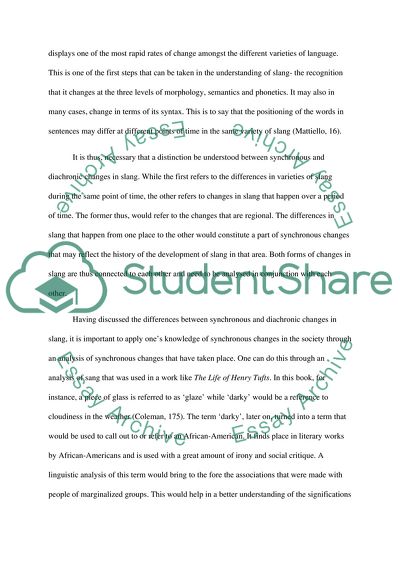Cite this document
(Slang and Its Linguistic Significance Term Paper, n.d.)
Slang and Its Linguistic Significance Term Paper. https://studentshare.org/education/1779963-term-paper-linguistics
Slang and Its Linguistic Significance Term Paper. https://studentshare.org/education/1779963-term-paper-linguistics
(Slang and Its Linguistic Significance Term Paper)
Slang and Its Linguistic Significance Term Paper. https://studentshare.org/education/1779963-term-paper-linguistics.
Slang and Its Linguistic Significance Term Paper. https://studentshare.org/education/1779963-term-paper-linguistics.
“Slang and Its Linguistic Significance Term Paper”. https://studentshare.org/education/1779963-term-paper-linguistics.


